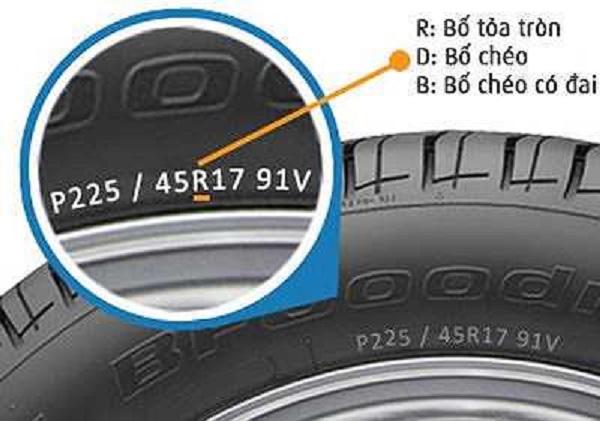Sports Cars
SUVs
Original Equipment
4x4 Vehicles
Track cars
Vans
Observe
Snowprox
Celsius
Open Country
Proxes
NanoEnergy
Complete range
When you choose Toyo, you make a statement. No matter the road, count on Toyo Tires to bring quality and performance to your sports car, luxury saloon, SUV, or pick-up truck.
Visit Toyo Tires YouTube Channel to find product movies, interviews with top drivers, action from various race series, events and much more.
More Videos
Patron for the fourth consecutive year
Sign up to our newsletter for the latest news and promotions.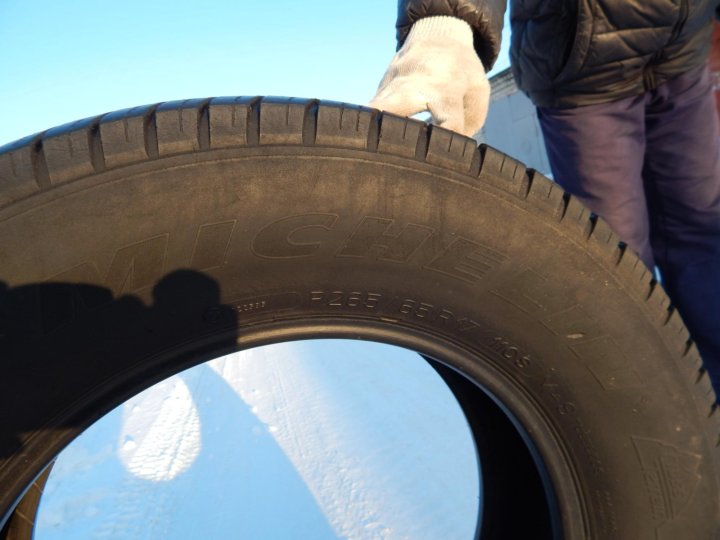
© Toyo Tire Corporation. 2022
The three digits following the service type prefix (if present) tell us the cross-sectional width of the tire in millimeters.
In the example above, the tires width, measured from the widest point of the inner sidewall to the widest point of the outer sidewall when properly mounted, is 225 millimeters. The section width can be converted to inches by dividing the width in millimeters by 25.4 like so: (225 millimeters) / (25.4 mm/in) = 8.86 inches.
The two-digit number that usually follows the tire's section width tells us the aspect ratio, or tire profile measurement.
In this example, the 45 indicates that the sidewall distance, from the wheel rim to the outside of the tread, is 45% of the section width.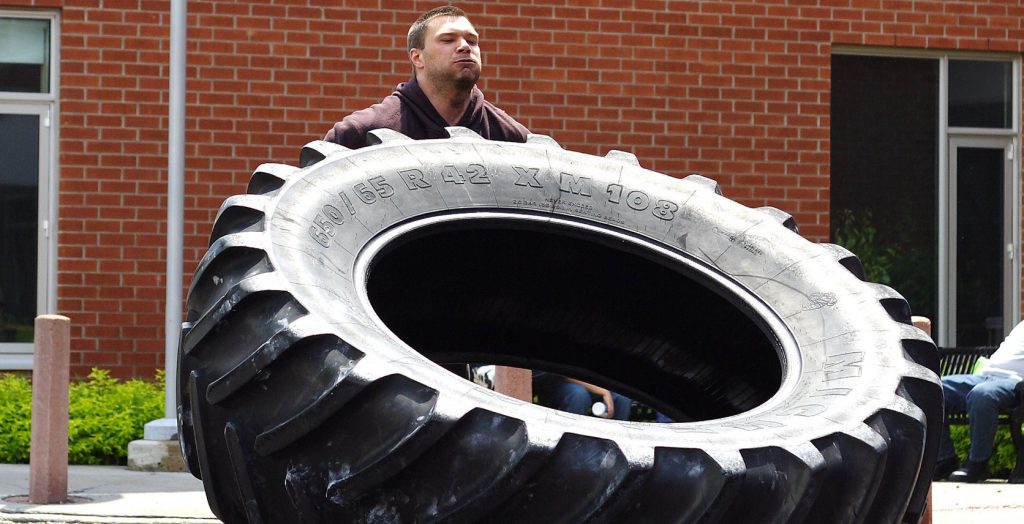 A lower aspect ratio means a lower-profile tire with a shorter sidewall, while a tire with a higher aspect ratio will have a taller sidewall and look more like a donut. Because we know that the tire size shown in this example has a section width of 8.86 inches and the aspect ratio is 45%, the sidewall height for this tire is 3.98 inches: (8.86 inches) x (.45) = 3.98 inches.
A lower aspect ratio means a lower-profile tire with a shorter sidewall, while a tire with a higher aspect ratio will have a taller sidewall and look more like a donut. Because we know that the tire size shown in this example has a section width of 8.86 inches and the aspect ratio is 45%, the sidewall height for this tire is 3.98 inches: (8.86 inches) x (.45) = 3.98 inches.
Again using our example tire size from above, the 17 means that the tire should be matched to a 17-inch diameter wheel.
Tires usually come in the following widths (in inches): 8, 10, 12, 13, 14, 15, 17, 18, 19, 20, 22, 23, 24, 26, and 28. Tires in these sizes are typically found on most passenger cars, light-duty light trucks, SUVs, minivans, and vans. Tires with a rim diameter measured in inches are called "inch rim" sizes.
In addition to the inch rim sizes, there are also some unique tire sizes out there. Although not as common, tires are made in half-inch diameters for some heavy-duty light trucks, box vans, and heavy-duty trailers. These sizes are usually 14.5, 15.5, 16.5, 17.5, and 19.5 inches, and an example would be 33x12.5R16.5 118R.
Although not as common, tires are made in half-inch diameters for some heavy-duty light trucks, box vans, and heavy-duty trailers. These sizes are usually 14.5, 15.5, 16.5, 17.5, and 19.5 inches, and an example would be 33x12.5R16.5 118R.
Tires and wheels with unique rim diameters should never be combined with traditional inch rim tires and wheels. Before mounting tires on wheels, the tire and wheel diameters should always be confirmed to match.
When a letter (R, D, or B) follows the two-digit aspect ratio, it tells us the tire's construction. In this example, the R means that the tire has radial construction. Over 98% of all tires sold today are radial tires, where the internal body plies of the tire radiate outward from the center. If there's a D instead of an R, the tire has a bias ply construction, meaning that the internal body plies of the tire crisscross on a diagonal pattern.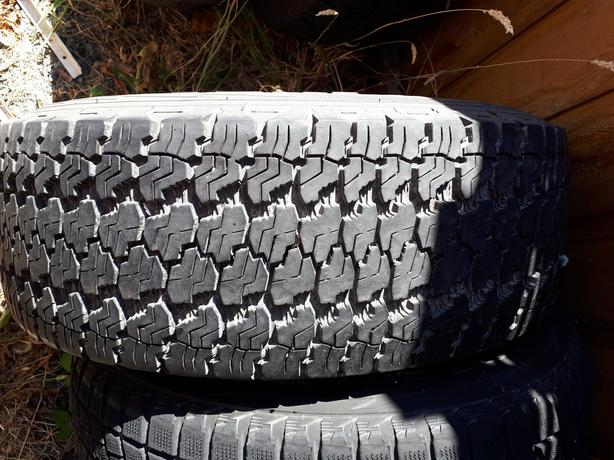 In belted tires (marked as B), the internal plies crisscross like in a D construction, but there's also an extra layer of reinforcing belts under the tread area. Belted tires are rarely seen these days.
In belted tires (marked as B), the internal plies crisscross like in a D construction, but there's also an extra layer of reinforcing belts under the tread area. Belted tires are rarely seen these days.
Today, the only speed rating still included in the tire size is the Z rating (sports cars). Since 1991, all other speed ratings are included in the service description, as shown below.
Since 1991, the service description rating is mandatory for all speed ratings (except Z-rated tires) and appears at the end of the tire's size brand. The service description is used to identify the tire's load index (91 in the example above) and speed rating (V in the example).
For more on load indexes and speed ratings, read Breaking the tire code: Understanding tire service description, load index, and speed rating
SHOP FOR TIRES
Nitrogen vs.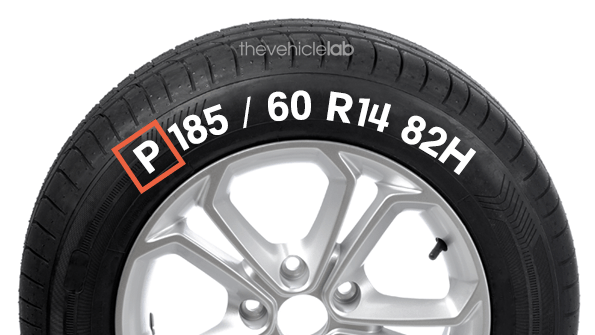 air: Which is best?
air: Which is best?
It’s been a hot debate amongst tire nerds for years. We investigated and have the answer (sort of).
Original Equipment tires vs. replacement tires
Is it best to stick with your car's Original Equipment tires, or try something different? We’ll help you decide.
Your vehicle's trim/style
This is a pretty important bit of info when you’re buying tires. We’ll tell you how to find your trim level.
Each tire in its marking, in addition to geometric parameters characterizing the width of the tire, its sidewall size and landing diameter, has load and speed indices, which reflect some technical features of the tire.
The load index for passenger tires is usually expressed as a two- or three-digit number, which comes immediately after the bore diameter in the marking. It can also be called the “tire load capacity index” and means the maximum load capacity for which the tire is designed during operation.
Each size for a passenger car, according to ETRTO (European Tire and Rim Technical Organization) standards, can have two load indexes assigned to it - standard and increased . So, for example, a size 205/55R16 might have a load index of 91, which allows one tire to carry a load of 615 kg, or 94, which equals 670 kg per tire.
Increased load index in the tire marking is necessarily accompanied by an additional designation - XL, extraload or reinforced.
This additional marking of increased load capacity is often interpreted by drivers as an increased strength index of the tire, i.e. a tire marked XL (extraload, reinforced) has a stronger sidewall. However, this is just a common misconception and an increased load index does nothing to protect the tire from sidewall tear or tread damage in service.
It should be taken into account that ETRTO fixes tire parameters for the European market.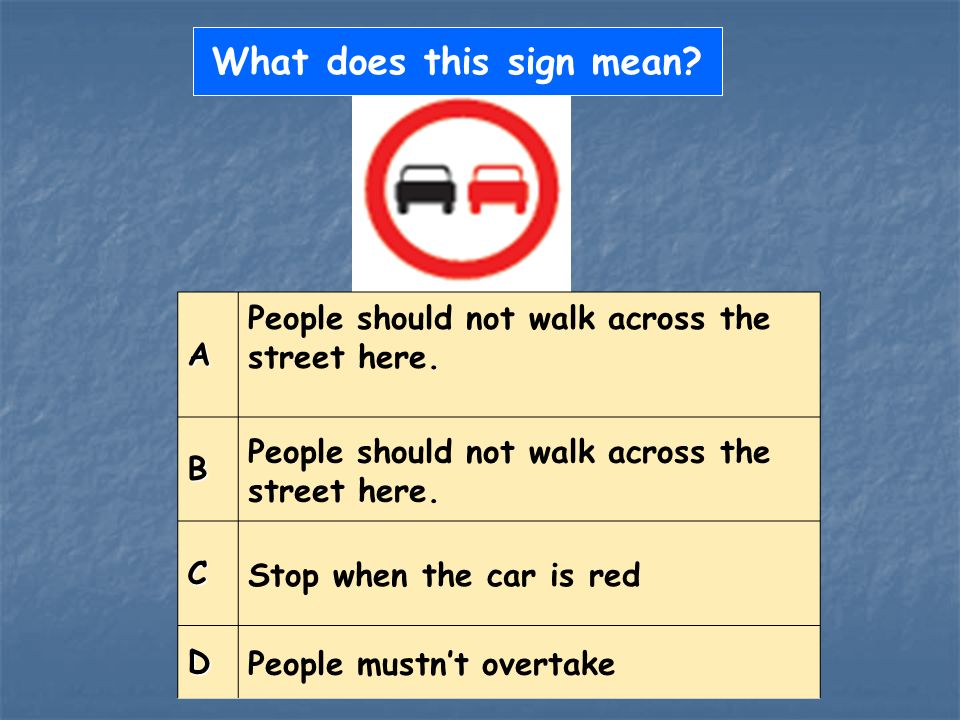 For North America, there are other standards, they are similar in many respects, but North American ones have some features.
For North America, there are other standards, they are similar in many respects, but North American ones have some features.
For example, the Latin letter "P" (the initial letter in the word "passenger" - passenger) can be added to the beginning of the marking, which can mean that the tire uses a load index less than the standard one:
P265 / 65 R17 110H (load - 1060 kg per tyre)
265/65 R17 112H (load - 1120 kg per tyre)
it to use the given reduced load index .
In addition, now you can find another designation that complements the load index and came from the North American market - LT ("lighttruck" - a light truck or pickup truck). It is also added to the beginning of the size and indicates that this size has an increased load index, expressed as a double number.
Example: LT265/65 R17 120/117S.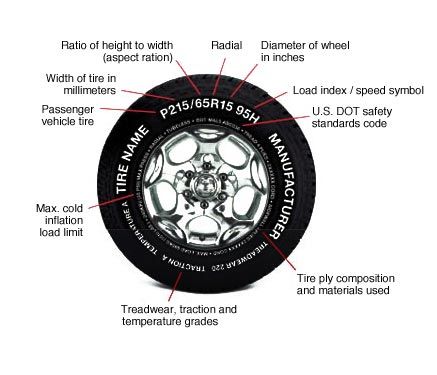
This special marking of the dual load index means that for vehicles with four wheels on two axles, the tire load is calculated using the first, highest index. And if the car has six wheels with two axles (double tires for the rear axle), then you need to take the second, smallest index.
Example:
For a standard car with a tire size of LT265/65 R17 120/117S, you need to take the index 120 - this is 1400 kg per tire, and the maximum weight that such a car can carry will be 1400 x 4 = 5600 kg.
For a car with dual tires on the rear axle and tire size LT265/65 R17120/117S, you need to take the index 117 already - this is 1285 kg per tire, the maximum weight is 1285 x 6 = 7710.
Thus, a vehicle with twin tires on the rear axle will be able to carry more weight even using the smaller of the indexes in the tire size.
A similar use of dual load index sizes is found in the ETRTO standards for tire sizes intended for use on vans or light trucks (up to 6 tons).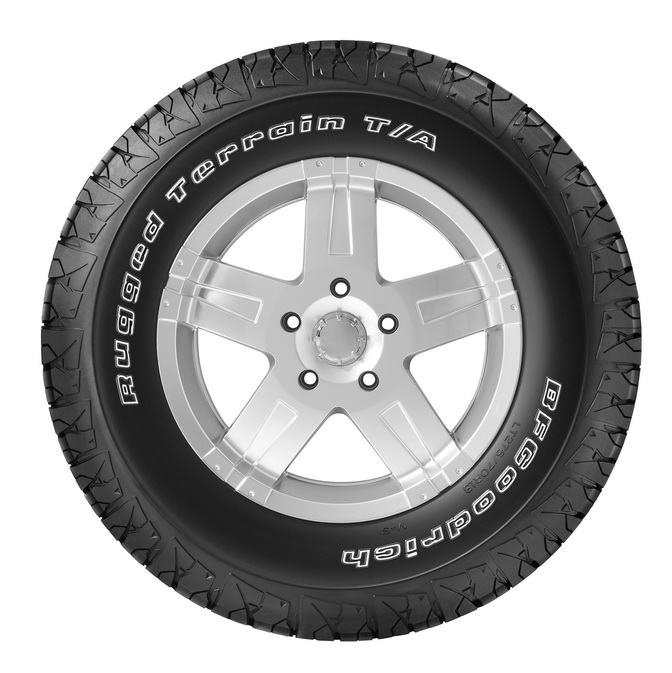 But in this case, it is accompanied by the Latin letter "C" (commercial - commercial) and looks like this: 225/60 R16C105 / 103T.
But in this case, it is accompanied by the Latin letter "C" (commercial - commercial) and looks like this: 225/60 R16C105 / 103T.
Speed Index (or speed category) is a conditional indicator that indicates the maximum speed that a tire can withstand. Speed indices are indicated in Latin letters from A (minimum, A1 = 5 km/h) to Y (maximum, 300 km/h). For passenger cars, the following common speed indices can be distinguished:
Standard: T(190 km/h), N(210 km/h)
High speed: V (240 km/h), W (270 km/h), Y (300 km/h)
Off-road and commercial tires tend to have lower speed ratings: Q (160 km/h), R (170 km/h), S (180 km/h).
Winter tires, depending on the type, can have both a low speed index Q (160 km/h, for studded tires) and a fairly high W index (270 km/h, for non-studded winter tires of the Central European type).
Some high speed tires have a speed rating even higher than the tire size rating. For example, the size 325/25 ZR20 (101Y), where the speed index looks like this - ZR (Y), allows you to reach speeds of over 300 km / h.
Sometimes you can find tires where speed index is not specified . A similar situation has occurred in the past, but with the latest changes in technical standards, tires without a speed index (and, as a rule, without a load index) are banned from sale in the Russian Federation.
Why were tires like this made in the past?
Some sports cars received specially prepared tires that could be installed exclusively on this sports car. In this case, already at the development stage, tire engineers calculated and included in the tire the maximum mass of a sports car, and the speed index was limited only by the maximum speed of the corresponding car. And there was no need to indicate the speed and load indices, since the formula “special tire - only for one special car” worked. With the development of the sports car segment, such a “uniqueness” disappeared and could mislead a potential buyer. Therefore, it was decided to provide each tire size with a corresponding speed and load index.
And there was no need to indicate the speed and load indices, since the formula “special tire - only for one special car” worked. With the development of the sports car segment, such a “uniqueness” disappeared and could mislead a potential buyer. Therefore, it was decided to provide each tire size with a corresponding speed and load index.
Taking into account that the load index is “attached” to the size, the user, by choosing the tire size allowed for installation, automatically receives the required load index. In some cases, you need to check in the technical documentation for the car if a size with an increased load capacity (XL, extraload, reinforced) is required or immediately opt for the allowed sizes with a large load index. Moreover, some tire manufacturers (for example, MICHELIN) already produce most tires in sizes with a higher load capacity.
The situation with the speed index is more complicated. According to the current technical standards, , the driver must choose summer tires to replace those that were installed on the conveyor with a speed index not lower than the original configuration.
According to the current technical standards, , the driver must choose summer tires to replace those that were installed on the conveyor with a speed index not lower than the original configuration.
For example, you cannot select a tire with speed index T (190 km/h) to replace a tire with speed index H (210 km/h), but you can select high-speed tires with speed index V (240 km/h), W (270 km/h) and above.
10/12/2013
The choice of car tires is always a crucial moment in the life of every motorist. But for an independent choice of the right car tires, you need to know the design features and understand the basic markings that are applied to each car tire.
The following combinations of designations of the main parameters are accepted on all car tires:0124 185/65 R14 86 H
 "P or Passanger" - passenger car, "LT or Light Truck" - light truck, etc.
"P or Passanger" - passenger car, "LT or Light Truck" - light truck, etc. P 185 /65 R14 86 N
P 185/ 65 R14 86 H
P 185/65 R 14 86 N
P 185/65 R 14 86 H
P 185/65 R14 86 N
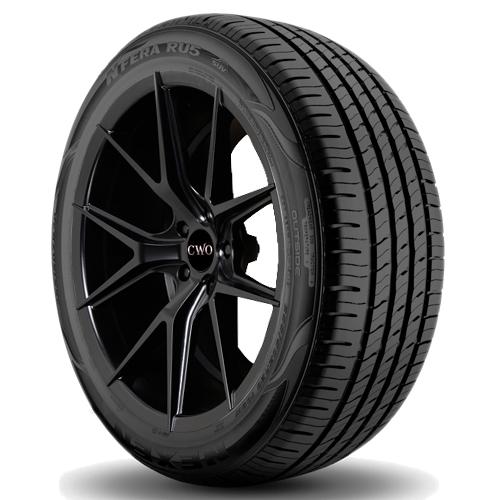
| Load index | 60 | 61 | 62 | 63 | 64 | 65 | 66 | 67 | 68 | 69 |
|---|---|---|---|---|---|---|---|---|---|---|
| Max. Load (in kg.) | 250 | 257 | 265 | 272 | 280 | 290 | 300 | 307 | 315 | 325 |
| Load index | 70 | 71 | 72 | 73 | 74 | 75 | 76 | 77 | 78 | 79 |
|---|---|---|---|---|---|---|---|---|---|---|
| Max. Load (in kg.) | 335 | 345 | 355 | 365 | 375 | 387 | 400 | 412 | 426 | 437 |
| Load index | 80 | 81 | 82 | 83 | 84 | 85 | 86 | 87 | 88 | 89 |
|---|---|---|---|---|---|---|---|---|---|---|
Max.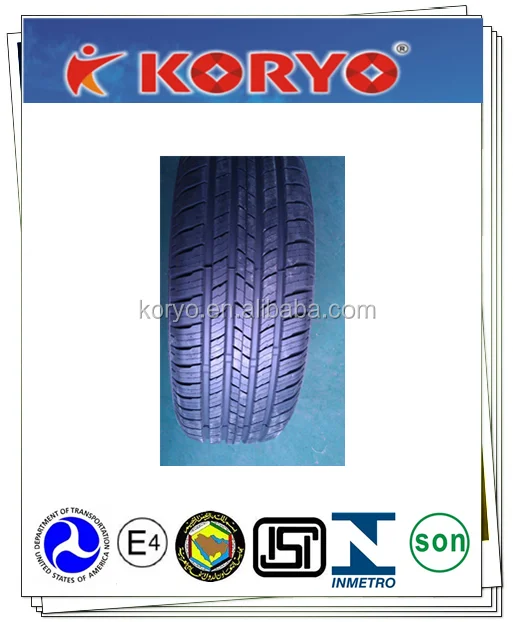 Load (in kg.) Load (in kg.) | 450 | 462 | 475 | 487 | 500 | 515 | 530 | 545 | 560 | 580 |
| Load index | 90 | 91 | 92 | 93 | 94 | 95 | 96 | 97 | 98 | 99 |
|---|---|---|---|---|---|---|---|---|---|---|
| Max. Load (in kg.) | 600 | 615 | 630 | 650 | 670 | 690 | 710 | 730 | 750 | 775 |
| Load index | 100 | 101 | 102 | 103 | 104 | 105 | 106 | 107 | 108 | 109 |
|---|---|---|---|---|---|---|---|---|---|---|
| Max. Load (in kg.) | 800 | 825 | 850 | 875 | 900 | 925 | 950 | 975 | 1000 | 1030 |
| Load index | 110 | 111 | 112 | 113 | 114 | 115 | 116 | 117 | 118 | 119 |
|---|---|---|---|---|---|---|---|---|---|---|
Max. Load (in kg.) Load (in kg.) | 1060 | 1090 | 1120 | 1150 | 1180 | 1215 | 1250 | 1285 | 1320 | 1360 |
| Load index | 120 | 121 | 122 | 123 | 124 | 125 | 126 | 127 | 128 | 129 |
|---|---|---|---|---|---|---|---|---|---|---|
| Max. Load (in kg.) | 1400 | 1450 | 1500 | 1550 | 1600 | 1650 | 1700 | 1750 | 1800 | 1850 |
P 185/65 R14 86 H
| Speed index | J | K | L | M | N | P | Q | R | S | T | U | H | V | VR | W | Y | ZR |
|---|---|---|---|---|---|---|---|---|---|---|---|---|---|---|---|---|---|
Max.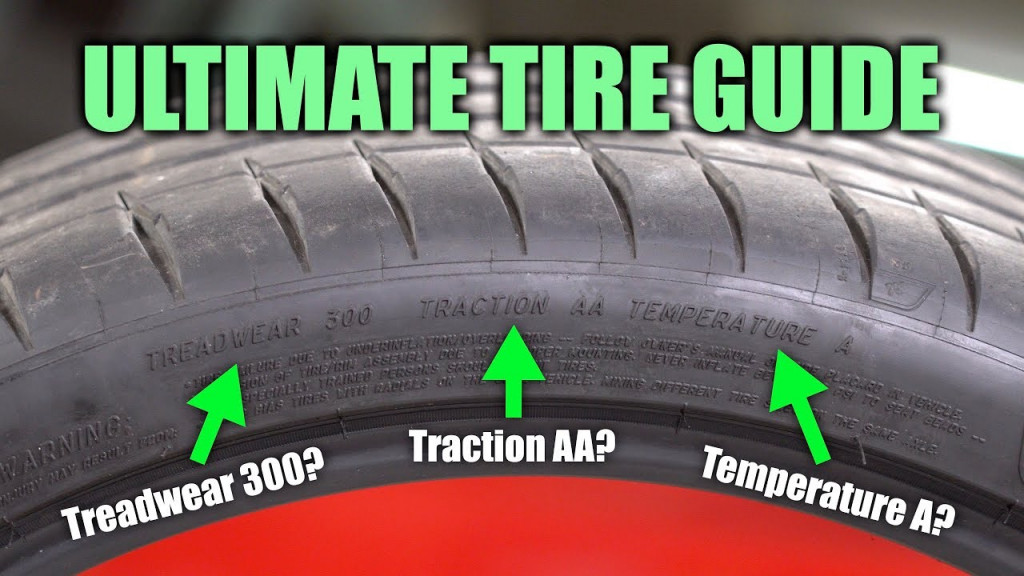 Speed (km/h) Speed (km/h) | 100 | 110 | 120 | 130 | 140 | 150 | 160 | 170 | 180 | 190 | 200 | 210 | 240 | >210 | 270 | 300 | >240 |
Extra Load (XL) is a reinforced model, the load index of such tires is 3 units higher compared to simple tires of the same size.
Reinforced (C) is a designation for reinforced tires, most often refers to light truck models.
All Season (AS), Тous terrain - all season tires.
Any weather (AW) - all-weather tires. Often, icons are used instead of alphabetic characters (snowflake, cloud, sun, etc.).
Mudd & Snow (M&S) are tires specially designed for both winter and all season use.
DA (stamp) - designation of tires with minor manufacturing defects that do not interfere with safe operation.
DOT - Approved by the US Department of Transportation.
E - approved by the Economic Commission for Europe.
Inside - designation of asymmetric tires. The inscription Inside during installation must be on the inside of the car.
Outside - designation of asymmetric tires. When installing, the Outside inscription must be on the outside of the car.
Left - tires with this marking must be installed on the left side only.
Right - tires with this marking must be installed on the right side only.
Made in Germany - designation of the country of origin.
Max Pressure - the maximum allowable pressure in the tire, in kPa.
PSI - Pressure index from 20 to 85 (only for tires with index “C”).
Aqua, Aquatred, Rain, Aquacontact, Water, or Umbrella badge - Indicates that the tires are designed for rainy weather and effectively prevent the effect of aquaplaning.